Wasn’t it Air Traffic Control’s job to keep the American Airlines flight safe from the Black Hawk helicopter? Can families sue Air Traffic Control to obtain compensation for their losses? What’s involved?
Air traffic controllers work within the guidelines set forth in the Controller’s Handbook (pdf), which they often call “the Bible.” The Handbook is hundreds of pages long, and controllers must follow it to the letter. If they deviate and an accident results, the Federal Tort Claims Act permits the victim to sue the FAA for negligence.
Here, the controller allowed the Black Hawk to take responsibility for maintaining “visual separation” from the airliner. That is, instead of directing the Black Hawk to turn left or right a certain number of degrees to avoid the collision, the controller in this case allowed the Black Hawk to attempt to avoid the airliner without the controller’s guidance. Was that proper?
The rules for allowing a pilot to provide “visual separation” in this fashion are set forth in section 7-2-1 of the Controller’s handbook.
Visual separation may be applied between aircraft up to but not including FL180 under the following conditions:
2. Pilot-applied visual separation.
(a) Maintain communication with at least one of the aircraft involved and ensure there is an ability to communicate with the other aircraft.
(b) The pilot sees another aircraft and is instructed to maintain visual separation from the aircraft as follows:
(1) Tell the pilot about the other aircraft. Include position, direction, type, and, unless it is obvious, the other aircraft’s intention.
(2) Obtain acknowledgment from the pilot that the other aircraft is in sight.
(3) Instruct the pilot to maintain visual separation from that aircraft.
PHRASEOLOGY− (ACID), TRAFFIC, (clock position and distance), (direction) BOUND, (type of aircraft), (intentions and other relevant information).
If required, (ACID), REPORT TRAFFIC IN SIGHT or DO YOU HAVE IT IN SIGHT?
If the pilot reports traffic in sight, or the answer is in the affirmative,
(ACID), MAINTAIN VISUAL SEPARATION
NOTE− Towers must use the procedures contained in Paragraph 3-1-6, Traffic Information, Subparagraph b or c, as appropriate. (c) If the pilot reports the traffic in sight and will maintain visual separation from it (the pilot must state both), the controller may “approve” the operation instead of restating the instructions.
PHRASEOLOGY− (ACID), APPROVED.
NOTE− Pilot-applied visual separation between aircraft is achieved when the controller has instructed the pilot to maintain visual separation and the pilot acknowledges with their call sign or when the controller has approved pilot-initiated visual separation. (emphasis added.)
(d) If aircraft are on converging courses, inform the other aircraft of the traffic and that visual separation is being applied.
PHRASEOLOGY− (ACID), TRAFFIC, (clock position and distance), (direction) BOUND, (type of aircraft), HAS YOU IN SIGHT AND WILL MAINTAIN VISUAL SEPARATION.
(e) Advise the pilots if the targets appear likely to merge.
We don’t yet have all the evidence to know whether the controller’s actions complied with the handbook. For example, we don’t yet have a transcript of all the relevant communications. But if the controller didn’t follow the handbook in turning over to the Black Hawk responsibility for avoiding the airliner, the families can sue the FAA.
However, certain rules will apply to the families’ lawsuit:
- Before starting the suit, the families must file a claim against the government on a Form 95:
- The lawsuit must be filed in Federal Court, not State Court;
- The family is not entitled to a jury. Rather, a judge will decide the case;
- The family cannot recover punitive damages; and
- The family’s attorney can charge a contingency fee of no more than 25% of any judgment that the court renders.




